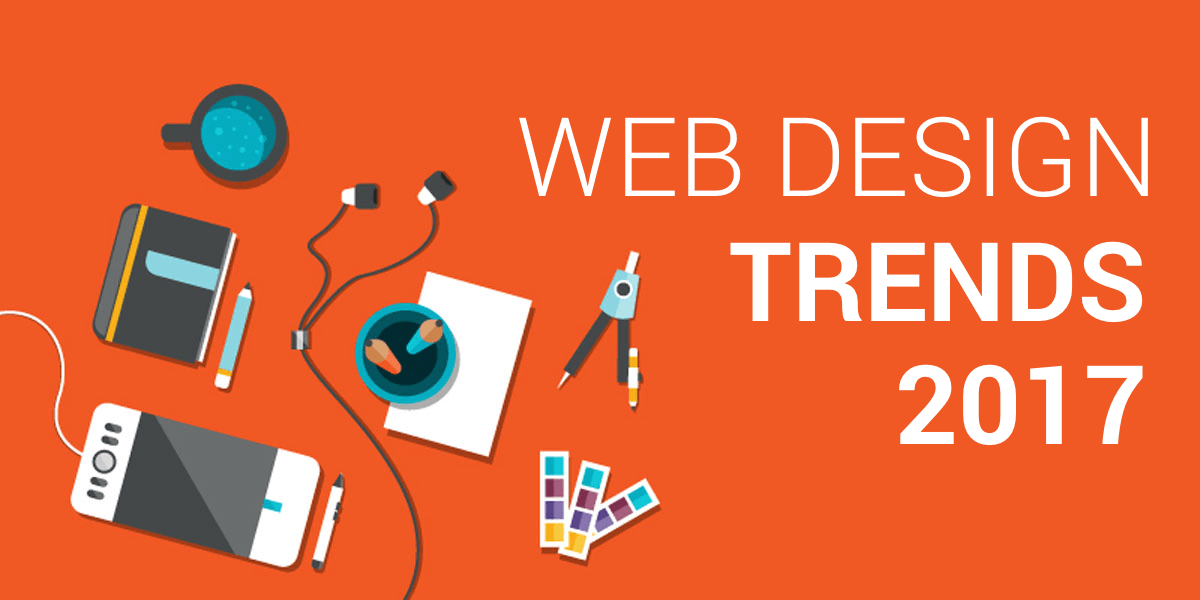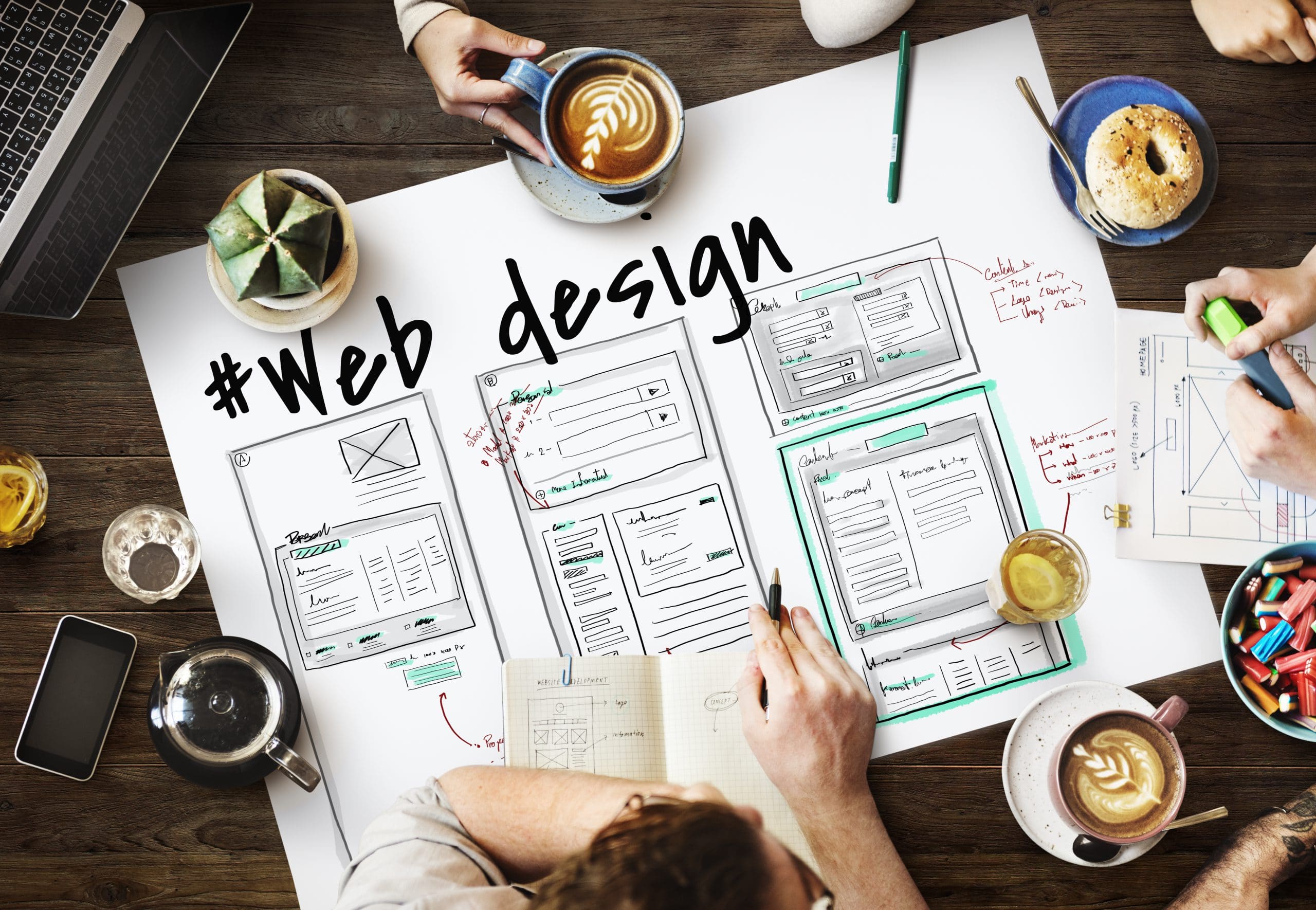Aligned Position Web Design: Comprehensive Web Design Solutions for Small and Large Businesses
The Ideal Kinds of Website Design to Boost User Experience and Interaction
In the ever-evolving landscape of digital communication, the performance of Web design significantly affects user experience and involvement. Numerous style methods, such as minimal, responsive, and interactive formats, each offer one-of-a-kind benefits that can cater to varied user demands.
Minimalist Web Design
As digital landscapes end up being progressively messy, minimal website design has actually arised as an effective approach to boosting individual experience. This layout philosophy focuses on simplicity, focusing on crucial components while eliminating unnecessary diversions. By making use of sufficient white room, uncomplicated navigating, and a minimal color scheme, minimal style cultivates quality and guides individual focus to key material.
The core concept of minimalist website design is to develop a smooth interaction for users. By decreasing cognitive lots, customers can quickly realize details without really feeling bewildered. This direct method not only enhances usability however likewise motivates involvement, as visitors are most likely to check out a site that is very easy and visually attractive to browse.
Furthermore, minimal layout frequently stresses typography and imagery, using these aspects purposefully to share messages effectively. In significance, minimalist Web design is not just a pattern; it is a thoughtful technique that recognizes the value of user-centered layout.
Receptive Website Design
In today's diverse digital atmosphere, receptive website design has actually come to be essential for producing a seamless individual experience throughout a wide variety of tools. As users gain access to sites on mobile phones, laptop computers, tablet computers, and desktop computers, the capacity of a website to adjust its format and material to different screen sizes and resolutions is vital.
Receptive website design uses adaptable grids, photos, and CSS media queries to guarantee that Web material is offered efficiently, no matter the gadget utilized. This approach not just improves the aesthetic appeal of a site but additionally dramatically enhances usability. Customers are more probable to engage with a website that uses a consistent experience, as it eliminates the aggravation of needing to zoom in or scroll excessively.
Moreover, internet search engine, including Google, prioritize mobile-friendly web sites in search rankings. By adopting receptive style, organizations can enhance their visibility and get to a broader audience. This strategy likewise simplifies web site maintenance, as a solitary version of the site can deal with all devices, minimizing the need for several versions. In recap, receptive website design is a fundamental method that boosts individual experience, involvement, and overall contentment.
Interactive Web Design
Responsive website design prepares for enhancing individual experience, yet interactive website design takes this a step further by engaging individuals in a much more vibrant means - Aligned Position Web Design. By integrating aspects such as computer animations, clickable models, and real-time responses, interactive Web design captivates customers, drawing them into a richer browsing experience
This technique not just cultivates interaction yet additionally encourages users to discover content actively as opposed to passively consuming it. Techniques such as gamification, where users earn rewards for finishing jobs, can significantly enhance the time invested in a site and improve general satisfaction. Interactive features can streamline complex info, making it extra satisfying and digestible.

Incorporating interactive style components can also result in higher conversion prices, as users are more probable to engage with a site that proactively involves them. Aligned Position Web Design. Eventually, interactive Web design transforms individual experiences right into remarkable journeys, making certain that visitors return time and once again
Apartment Layout
Characterized by its minimalistic method, flat style highlights simpleness and functionality, removing away unneeded elements and focusing on important functions. This style approach prioritizes functionality, making sure that individuals can navigate interfaces easily and efficiency. By using a clean visual, level style gets rid of the clutter typically located in extra luxuriant designs, consequently improving user concentrate on content and performance.
The trademark of flat layout hinges on its use look at these guys bold colors, basic typography, and geometric forms. These aspects contribute to an aesthetically enticing interface that is both modern and approachable. In addition, flat design pop over to these guys cultivates a sense of clarity, allowing customers to determine necessary actions and details without diversion.
Moreover, flat design is specifically reliable in responsive Web style, as its simplicity converts well across various gadgets and screen dimensions. The absence of elaborate textures and slopes reduces filling times, which is critical for preserving customer interaction. As electronic landscapes continue to evolve, flat layout stays a pertinent choice for developing user-friendly internet sites that improve total experience. By focusing on necessary attributes, level layout not only fulfills user requirements yet also encourages smooth communication, making it an important part of effective Web layout techniques.
Flexible Web Style
Flexible Web layout customizes the user experience by producing several taken care of designs customized to various display dimensions and tools. Unlike receptive layout, which fluidly adjusts a solitary layout, adaptive design uses distinctive layouts for specific breakpoints, making certain optimal presentation on various platforms. This approach allows designers to concentrate on the one-of-a-kind features of each tool, boosting functionality by providing precisely what individuals need based on their context.
Among the key benefits of adaptive Web design is its ability to maximize lots times and efficiency. By serving tailored content and images that fit the user's tool, internet sites can decrease information usage and improve loading rates. This is specifically advantageous for customers with slower links or restricted data strategies.

Furthermore, flexible design assists in an extra controlled and regular branding experience. Given that developers create multiple formats, they can ensure that the visual elements line up with the brand name's identity throughout various platforms - Aligned Position Web Design. This causes a natural customer experience, improving engagement and promoting customer retention
Final Thought
To conclude, the combination of minimalist, responsive, and interactive my blog Web design principles significantly boosts customer experience and involvement. Minimalist style fosters clarity and emphasis, while responsive layout ensures adaptability across various devices, advertising ease of access. Interactive design mesmerizes users through dynamic elements, encouraging exploration and customization. Jointly, these design approaches add to the development of straightforward settings that not only enhance fulfillment but likewise drive greater conversion prices, emphasizing their critical significance in contemporary website design methods.

Minimalist layout promotes quality and emphasis, while responsive style makes certain flexibility across various tools, promoting access. Collectively, these layout approaches contribute to the development of user-friendly atmospheres that not only enhance satisfaction yet additionally drive greater conversion prices, emphasizing their important significance in contemporary Web style approaches.